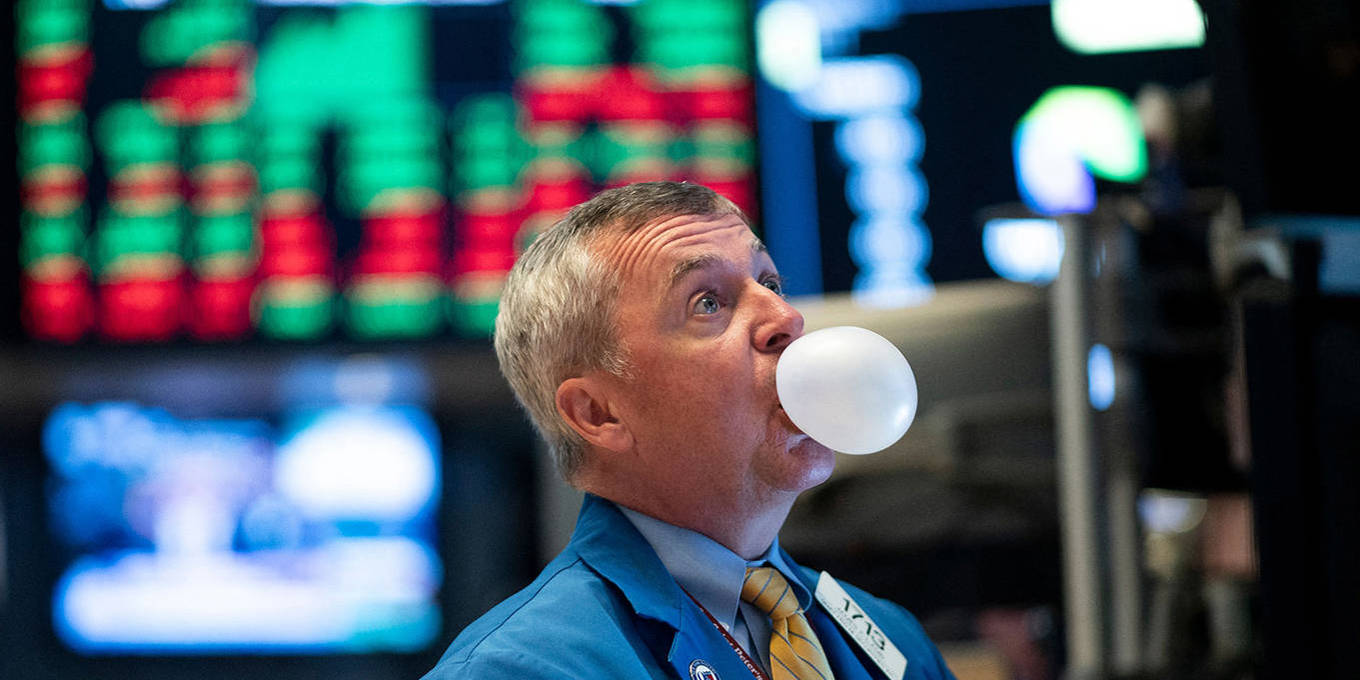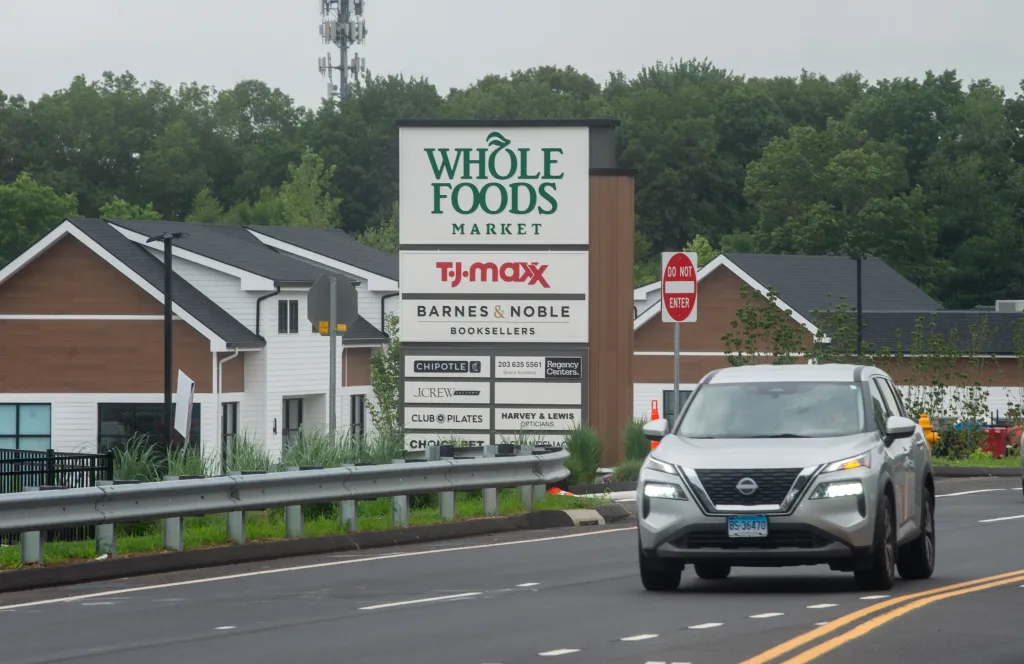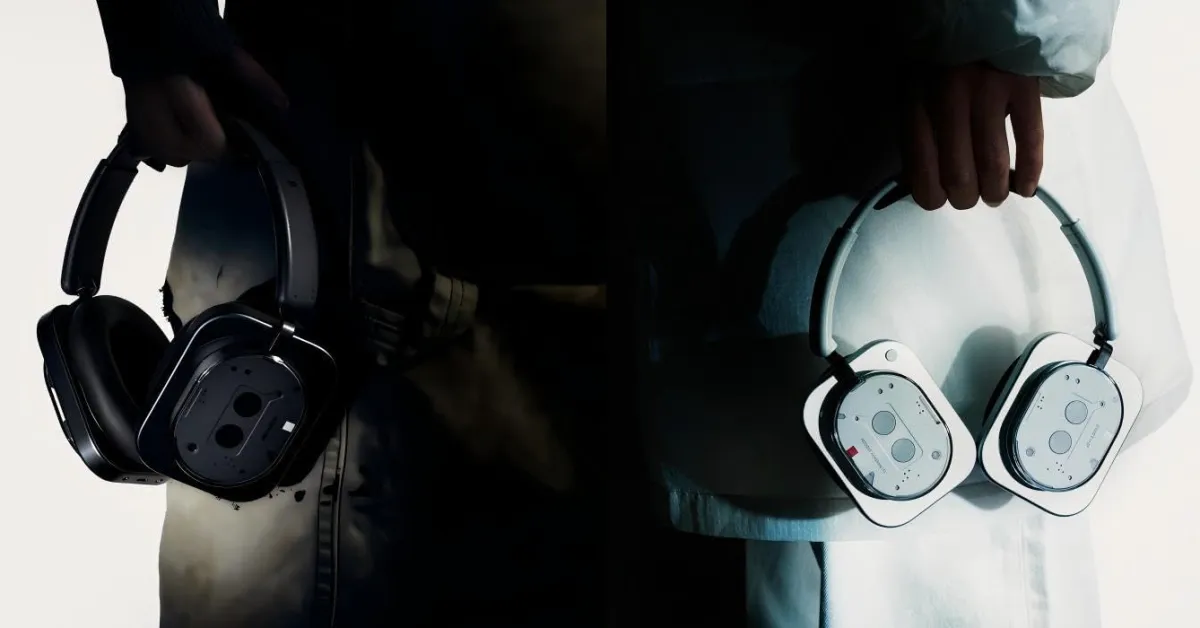Copyright Project Syndicate

LONDON – Financial bubbles are notoriously difficult to define in real time – until the moment they burst. To say with any conviction whether we are in one now, one must understand the magnitude and intensity of today’s AI investment boom, as well as the timing of the potential bubble’s end. There are at least four ways to determine when a bubble is building in financial markets. The first is to look at valuations. Even when conventional valuation metrics such as price-to-earnings (PE) ratios reach excessive levels, the market might excuse this by focusing on new metrics to justify overvaluations. For much of the past 25 years, the average PE ratio across the S&P 500 has been 16x, whereas now it is 25x. But this increase can be justified by focusing on the potential for new productivity gains from AI, or on products with a national-security value – such as semiconductors, which will be protected and ultimately backstopped by the government. Moreover, some commentators argue that existing indicators like GDP simply are not capturing new sources of growth potential in the economy. For now, the fact that expected equity returns are higher than bond returns means that equity valuations are indeed “rational,” even if they seem high. A second factor to consider is the prevailing narrative, which usually revolves around the message that “this time is different.” A bubble is almost always buttressed by belief in a new paradigm or emerging technology – whether it be the internet, the Japanese production process, electricity, railroads, or canals. The typical narrative creates a mental bridge between what actually is (current cash flows) and what could be (forecasts of future revenues). The bridge is what lures investors to buy into a possible upside. While they may start by focusing on the rationally calculable growth forecasts of the business, the next step is to buy into an irrational story about an imminent economic transformation. This is when investing becomes overly one-sided, because it becomes hard to argue against the prevailing narrative. Just in the past month, two start-ups have garnered eye-popping valuations by tapping into the AI narrative. Nano Nuclear Energy was valued at $2.3 billion despite having no revenue or even a license to operate; and the data-center energy supplier Fermi, which was founded only in January 2025, was valued at $14.8 billion. Much like the 1980s Japanese bubble and the 1999-2001 dot-com bubble, the situation today may reflect a good, old-fashioned misallocation of capital, as everyone chases the new, shiny technology. The obvious risk is that investors will not get anywhere close to the returns they seem to expect. A third indicator of a bubble is hidden leverage. Not only have investors and speculators continued to pile into overvalued stocks, but an increasing number have done so with borrowed money. One finds growing leverage throughout the shadow banking system; but the greater concern, perhaps, is the risk embedded in financial products, such as leveraged exchange-traded funds. Even more ominous, the explosion of zero-day options (single-day bets on an equity’s price movement) suggests that more retail investors are engaging in leveraged trades whose risks they may not know how to manage. This growing leverage – a common feature of bubbles, most notably the 2008 global financial crisis – implies that speculators, and the overall economy, are inherently exposed to more risk than they are aware of. According to FINRA, margin debt – the amount lent to investors by their brokers – reached a record high of $1.06 trillion in August, a 33% year-on-year increase. Lastly, a common feature of bubbles is circular dealing between companies. Many market participants are scrutinizing recent deals in which Nvidia has agreed to invest $100 billion in OpenAI, which will use the money to pay Oracle, which will then buy chips from Nvidia. These sorts of arrangements were a major contributor to the Japanese equity bubble in the 1980s. Assuming we are indeed in a bubble, the next question concerns when it will deflate or burst. While this inevitably requires guesswork, there are some important indicators to watch. One is market sentiment. Currently, retail investors are driving a lot of the stock-price momentum, whereas institutional sentiment is neutral, meaning they hold Big Tech stocks but are not adding to their positions. But since retail is a relatively small share of the overall market, such exuberance can drive only a limited amount of asset-price inflation. Another indicator is positioning. In simple terms, we will know that the bubble is inflating further if the institutional bid strengthens and becomes a long position, because this signals that institutional investors are giving up on other assets such as bonds, gold, or underperforming sectors (health care) and allocating more capital toward risk-on AI assets. With most people only just beginning to learn about AI’s capabilities, it remains to be seen what new business models will emerge. As time passes, sophisticated professional investors will come to a better understanding of AI’s value and where cracks in the prevailing euphoric narrative may lie. For now, there is a reasonable argument to be made that a bubble has only started to form. Judging by current market sentiment and positioning, the AI story seems closer to the 1996-97 stage of the dot-com bubble than to 1999-2001. The speculative behavior and valuations that we saw in the late 1990s have yet to be matched today. Moreover, while the dot-com bubble was based on numerous startups, many of which with valuations that ultimately collapsed to zero, the AI boom revolves around global technology leaders like Nvidia and Alphabet, with established revenues and track records. That means there will be a higher floor under any drop in asset value, which suggests that the bubble is more likely to deflate than to burst violently.



